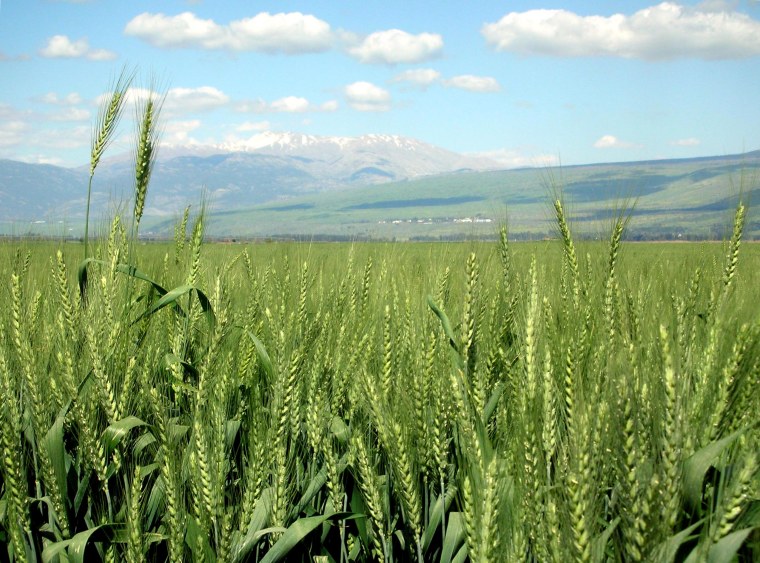Photo credit: In Depth News
Photo: Burkina Faso: 20 000 trees are planted to create living hedges. Credit: UNCCD
UN Launches Campaign to Invest in Degraded Lands
By Rita Joshi
BONN (IDN) – The number of international migrants worldwide has continued to grow rapidly over the past fifteen years – reaching 244 million in 2015, up from 222 million in 2010 and 173 million in 2000.
Behind these numbers, says the Secretariat of the UN Convention to Combat Desertification (UNCCD), are the links between migration and development challenges, in particular, the consequences of environmental degradation, political instability, food insecurity and poverty.
The 2017 World Day to Combat Desertification (#2017WDCD) on June 17 will therefore look closely at the connection between migration and land degradation by addressing how local communities could build the resilience against existing multi-fold development challenges through combating desertification and land degradation.
UNCCD is mobilising global support with the rallying call: “Our land. Our home. Our Future.” The slogan draws attention to the central role productive land can play in turning the growing tide of migrants abandoning unproductive land into communities and nations that are stable, secure and sustainable, into the future.
The UNCCD has also released the campaign logo for use by any group, organization, government or entity that will organize a celebratory event for the Day. The new logo, designed by Beth Johnson, is an all-encompassing symbol of UNCCD’s endeavours.
It combines the key elements of the Convention in an elegant manner that can be instantly interpreted by an international audience. The elements are: the landscape representing land stewardship; the hand showing human presence; nature suggesting hope, progress and life; the circle symbolising an inclusive convention with global reach; the traditional UN laurel wreath demanding respect and demonstrating authority.
The backdrop to the new corporate logo is that following landmark decisions at COP 12 (conference of parties to the UNCCD) in Ankara, the UNCCD is set to become a driving force in achieving Sustainable Development Goal 15 “Life on Land” and target 15.3 on land degradation neutrality.
Read the full article: In Depth News










